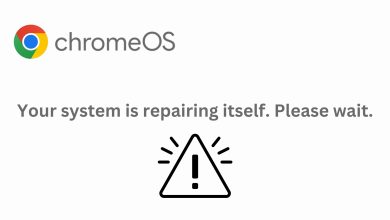How to Change Your Chromebook Password in 4 Easy Steps
- Since your Chromebook password is the same as your Google password, you'll need to actually change that.
- Go to your Google Account settings. Under the Security tab, select Password. Enter your current password and then choose a new one.
- You can also change your Chromebook PIN by opening device settings, going to Security & privacy and then Lock screen and sign-in. Click on Change PIN to proceed.
Chromebooks are a kind of laptop or tablet PC that run on Chrome OS, which is a web-based OS. These devices connect seamlessly to your Google account, and your Chromebook’s password is, in fact, your Google account’s password. In this article, we’ll explain the process of changing this password and also provide some tips on bolstering your login security.
Table of Contents

Why Do You Need to Change Your Chromebook Password?
There could be tons of scenarios that would require you to change the password on your Chromebook, such as:
- You fear that someone else knows your password and could log in to your Chromebook when you aren’t around.
- Your password is too easy to guess, and you want to change it to a stronger one.
- Remembering different passwords is challenging, and you want to match it to the password of another account or device.
- Some people prefer to change their device passwords regularly as a security measure.
How to Change Your Chromebook Password?
Since Chromebook doesn’t have a dedicated password, changing the password of your Google account will also change your Chromebook’s password. Thus, you can change it on any device. Here’s how:
Step 1: Open Google Account Settings
We recommend using Google Chrome since your Google account is already logged in here, and opening settings won’t be much of a hassle. Open Chrome, and in the top-right, click on your profile picture. You’ll see some options, one of which is Manage Your Account. Click on it.
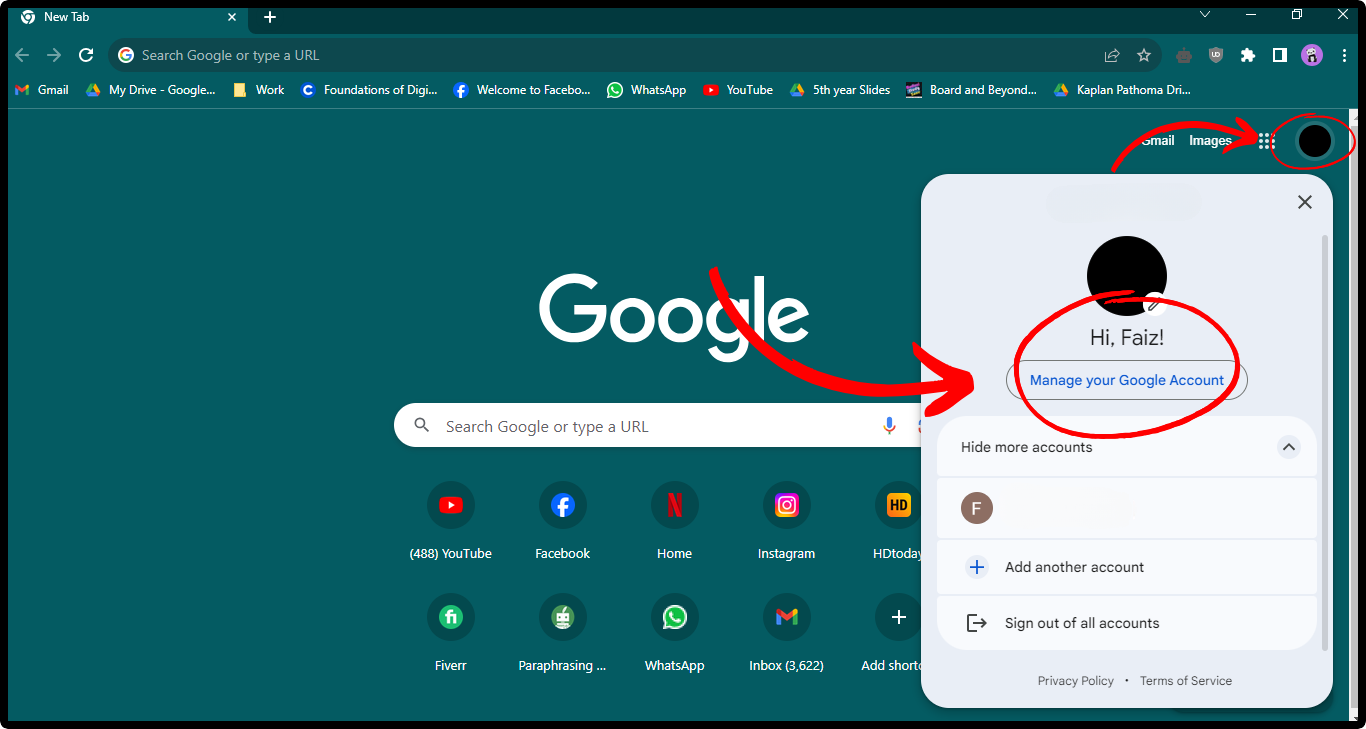
Step 2: Open Security Settings
Once your Google account’s settings page opens, click on Security in the menu on your left. Open it and scroll down to find the section that says How you sign in to Google. Here you have some options like 2-Step Verification, Passkeys, Passwords, and others. Click on Password.
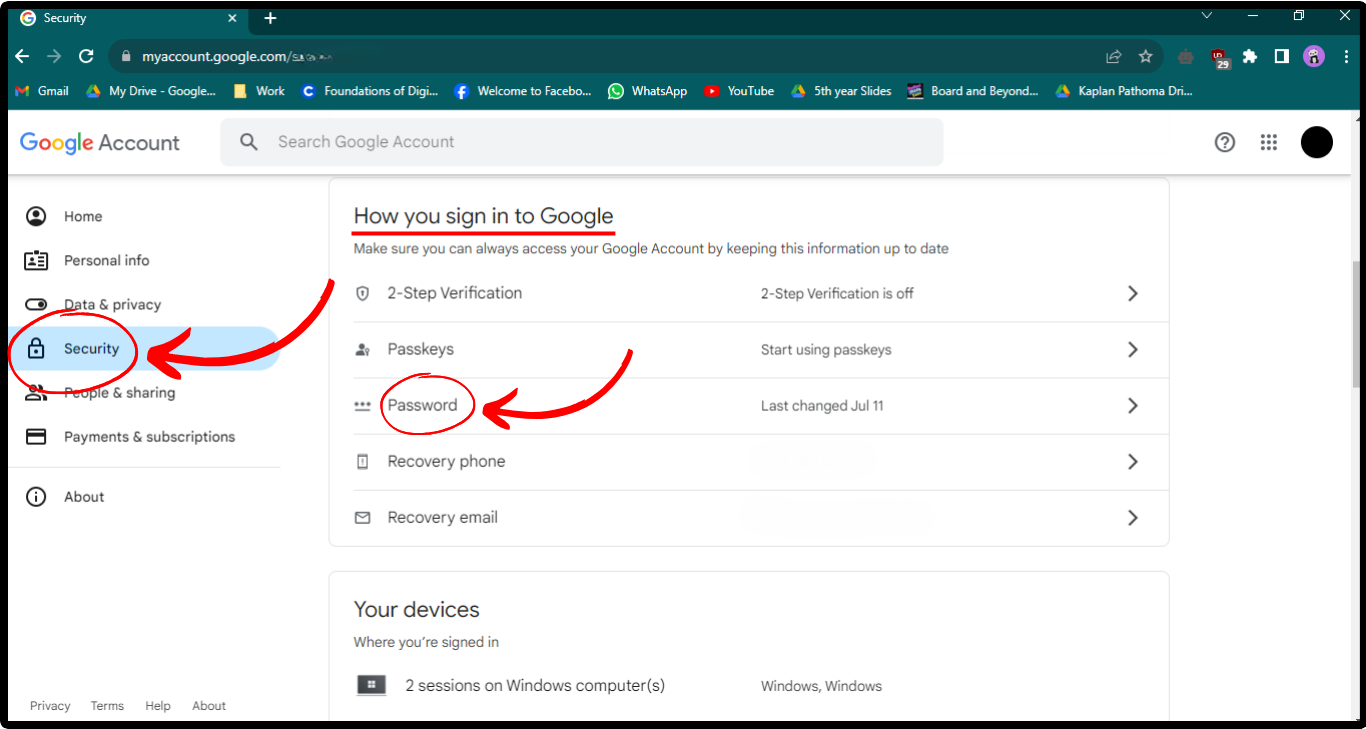
Step 3: Verify Your Identity
Changing the password is a big deal, so Google asks you to sign in again using the available options before it can let you change the password to a new one. You can either verify your identity through another device you’re logged into, or choose to enter the current password.
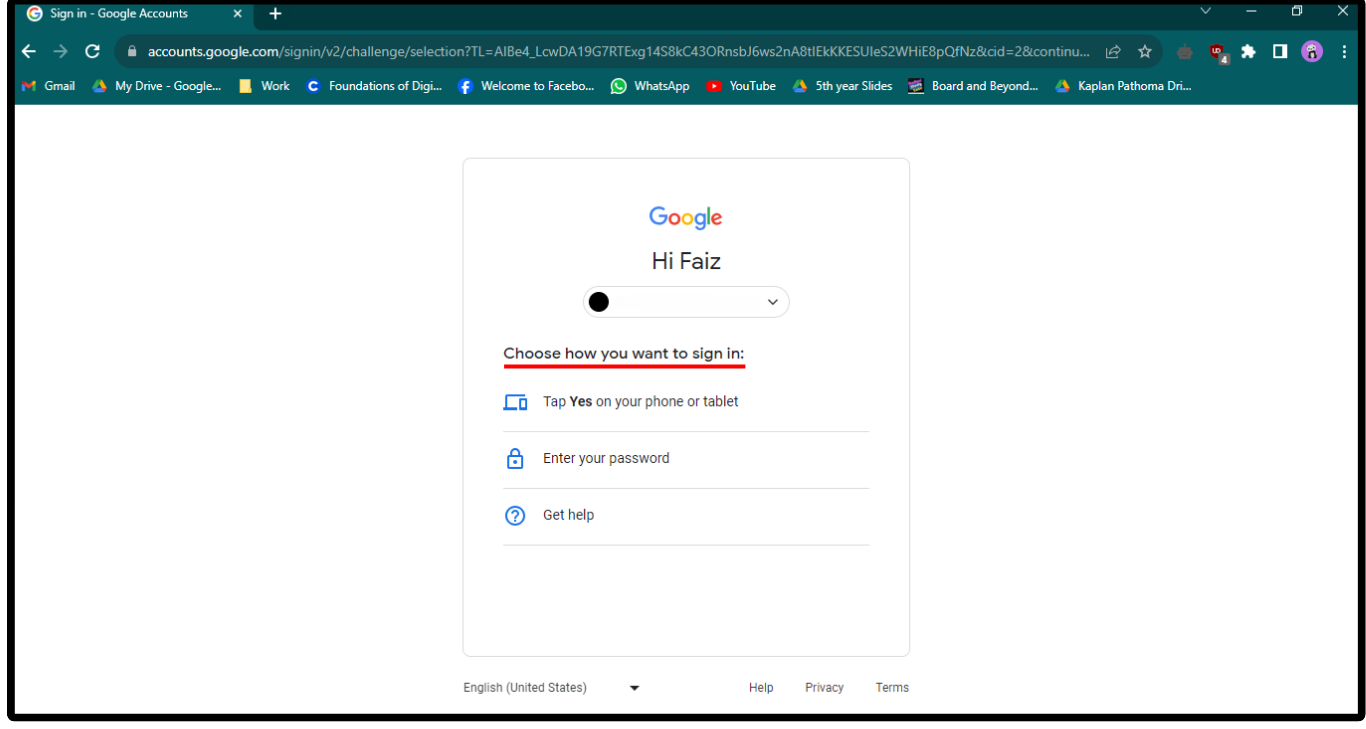
Step 4: Set Up a New Password
You’ll now be taken to a page where you can set up the new password. Remember to choose a unique and strong password that you don’t use for other accounts. Once done, click on Change Password.

How Can I Improve My Login Security?
If you’re too worried about your account security or someone hacking your account, you can use some additional security measures:
- Use a Strong Password: Always use a password that’s not easy to guess. Choose a password that’s a unique combination of letters, numbers, and symbols.
- Enable 2-Step Verification: If you can’t remember complex passwords, an easy alternative is to use 2-Step Verification or Two-Factor Authentication. This makes sure that just knowing the password isn’t enough to get into your account.
- Use Different Passwords for Different Accounts: If you have a habit of using the same password for different accounts, it could be disastrous because if a hacker gets hold of one of your passwords, it would compromise all of your other accounts as well.
- Regularly Change Your Password: Regularly changing your password makes it less likely for others to gain unauthorized access to your account.
READ MORE: How to Protect & Hide Your Browser Fingerprint ➜
Bonus: How to Change Your Chromebook PIN?
You can also easily change the PIN of your Chromebook by accessing its settings:
Open Settings on your Chromebook and go to Security and Privacy. Click on Lock screen and sign-in.

Open Settings and go to Lock Screen and Sign-in Before you can change the PIN, you’ll have to enter your password.
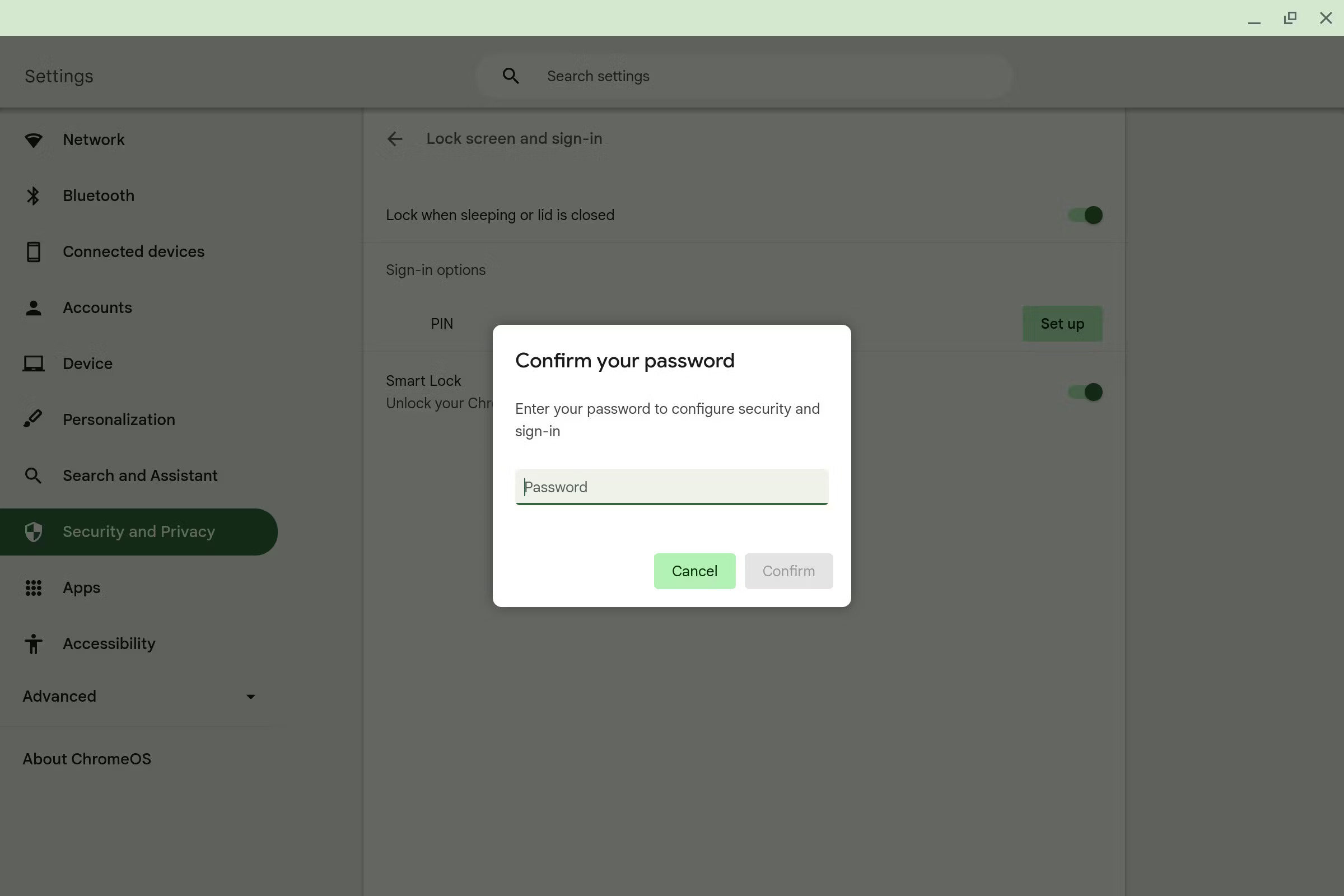
Enter Your Password Under Sign-in, you’ll see PIN. In front of it, there’s a Change PIN button. Click on it.
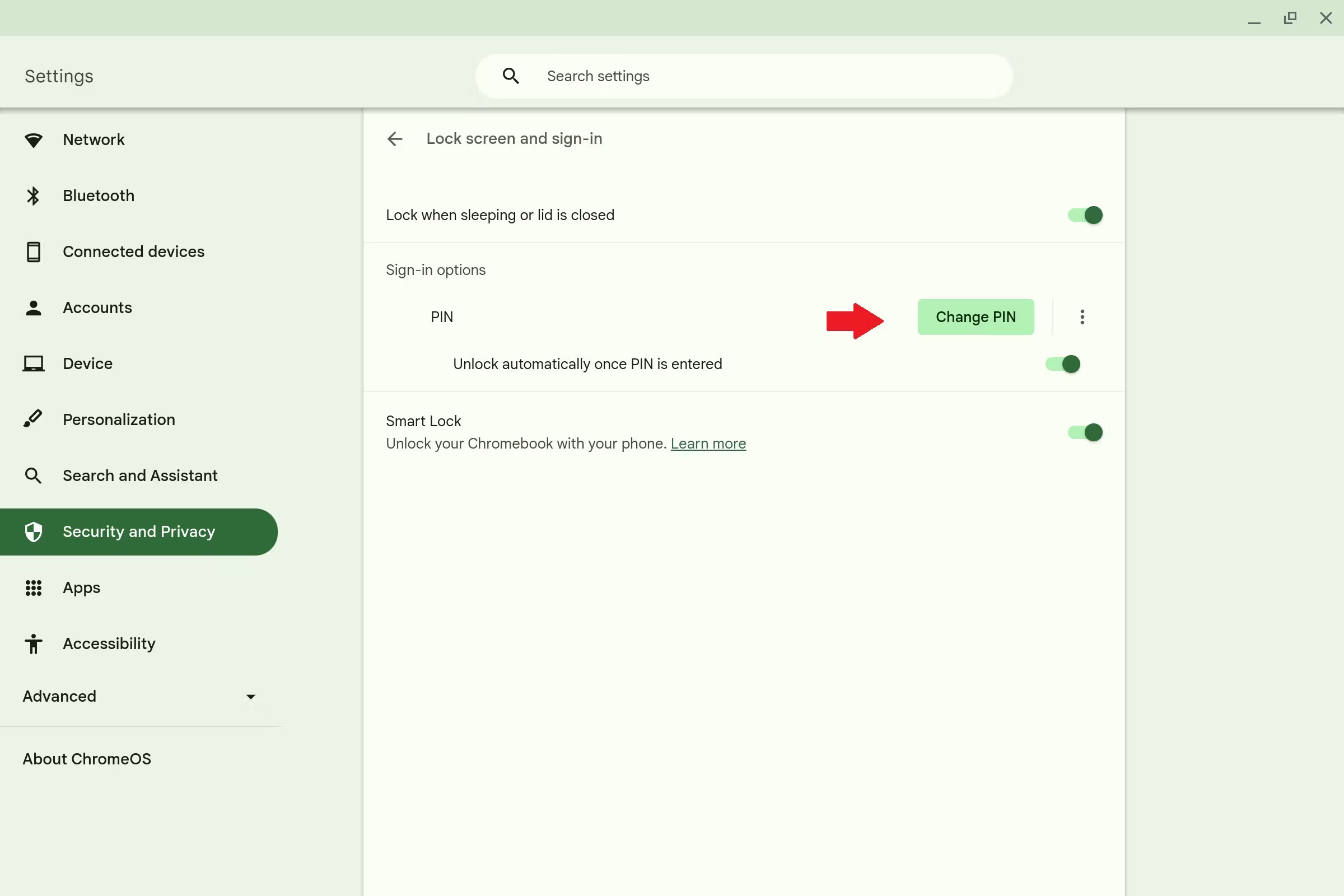
Click on Change PIN Enter the new PIN and click on Continue.

Create your New PIN
Images sourced from Android Police.
READ MORE: 10 Awesome Chrome OS Keyboard Shortcuts You Should Know ➜
Final Thoughts
Cybercrimes are on the rise these days. It’s up to us to stay vigilant and ensure practices that protect our accounts from getting hacked. If you face any problem regarding your Google account, look for solutions online and act swiftly. If nothing materializes, you can always contact Google for further support.
FAQs
You can enable 2-Step Verification in your account settings. Open Account Settings > Security > How you sign in to Google > 2-Step Verification > Get Started.
If you forget your Chromebook password, you can choose to sign in with either fingerprint or PIN. You can also change your Google account’s password from the Google Account Recovery page.
Chromebooks cannot natively run Windows or MacOS. However, there are a few methods to run Windows or MacOS software, such as Remote Desktop, online services like Fra.me and Macincloud.com or replacing your Chromebook bios.

